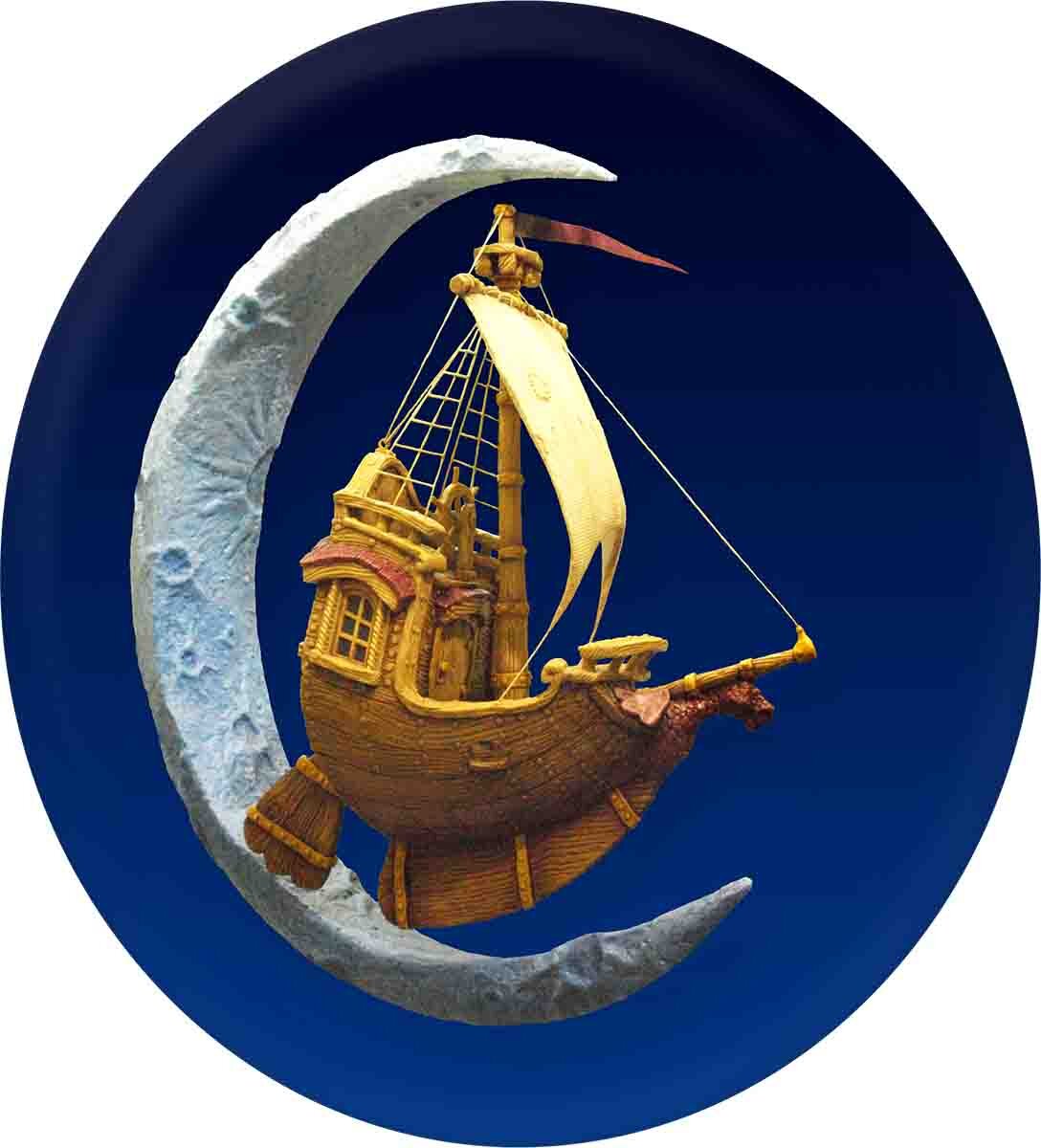Even what, at first glance, seems like a complex sign element is easily broken down into simple shapes that can be routed and then glued together. Before Dan started building the reliefs he drew a simple sketch of the top view of the excavator. It showed how the excavator would be created as vertical slices (layers of HDU).
Dan separated the vector file he created last time into the elements that will form each layer when I routes it from 1" thick 30 lbs. Precision Board HDU. The sign faces with the lettering would be routed from 1.5" thick HDU.
First up was the tracks. The elements were all created separately on a 1/4” thick background. The inside mechanical bits were between 1/2" - 3/4" thick. The cleats of the tracks were 1" thick reliefs. Then Dan merged them together on a zero thickness background. (Routing these tracks with a tapered 1/8" bit will created a wonderful effect.) Then Dan copied the file and flipped it for the back side. Next he created a rectangular block and merged it to the back side of the track. This will be used to glue things together after it is routed.
The cab was built as two pieces which will be glued up back to back. Only the windows and door handle were recessed. The third piece in this section is for the motor cover on the opposite side of the cab.
The boom proved to be a relatively simple piece to execute. Simple reliefs of various depths were created in EnRoute and then merged onto a zero height relief. The file was then copied and flipped for the back side of the boom. The pieces will be glued up with a piece of steel laminated into the middle. The bucket will be made up of four layers of 1" thick Precision Board HDU.
The background of the sign using a texture bitmaps called 'splotches’ from our Texture Magic: Classic Collection. The lettering was beveled and raised from the outlines which surround them. These outlines were also raised slightly from the background to make them easier to paint. Once Dan had all the pieces at the right height he merged everything together, then created a second copy for the back side of the sign.
For the middle of the sign we will laminate five 1" thick pieces of Precision Board HDU. The centre three laminations needed to be hollowed out to accommodate the welded steel frame which will hold the sign. Using Enroute’s precision input centre Dan created the rectangles to form a 3" wide 'T' shaped hole in the boards. This was centred and then using the jigsaw tool he pulled out the vector he would use to cut the shapes.
With all the files done, is was time to nest the pieces and then tool path them for our CNC router. The files that appear yellow are reliefs which will be carved using a 3/8" ball nose bit to rough them and a 1/8" bit to do the final pass. The rest of the files are simple offset cuts, done as a separate pass.
The sign faces were nested in a separate file and tool-pathed for 1.5" stock. Next, Dan will be starting to piece together the excavator for gluing up.











